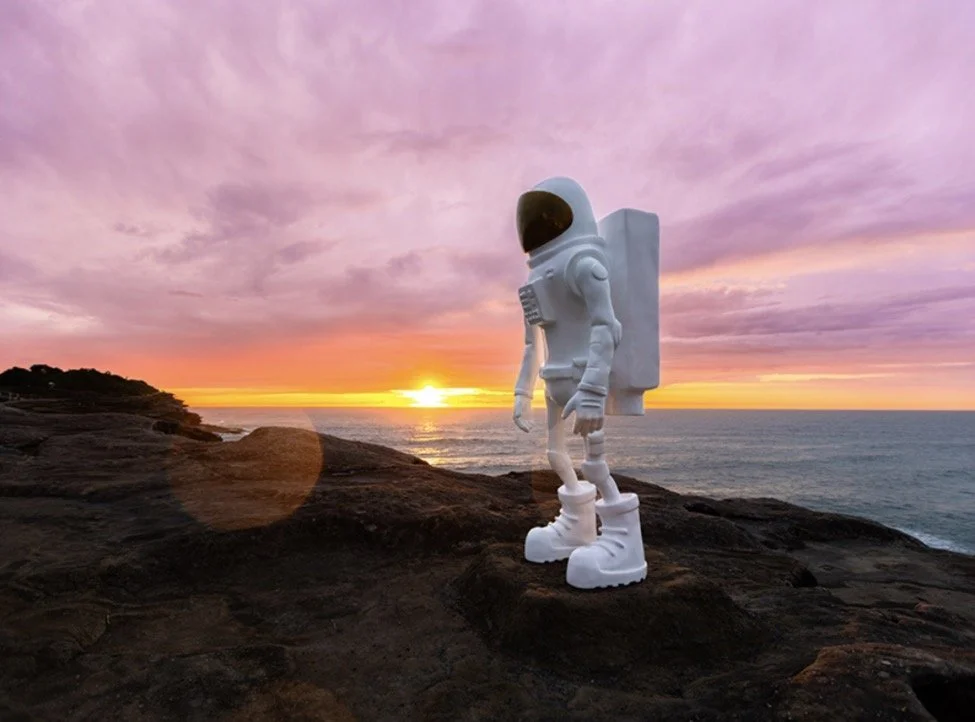Whale watching at Bondi Beach
Between May and November humpback whales migrate from Antarctica to the the warmer waters around Queensland passing by Bondi Beach on their way.
The best months to see whales migrating at Bondi are July and September when thousands of whales are making their way up and then back down the coastline. You can follow us on Instagram @visitbondibeach for updates as to when the whale’s are passing by.
There are a few great spots to see whales migrate past Bondi or you can take a tour to get up close and personal off the coast.
Here’s what you can expect from various whale spotting vantage points in Bondi:
From the Bondi Icebergs pool deck, you can occasionally spot whales breaching and spouting in the open ocean. This is the ideal spot if you’re away of whales near the beach but not recommended if you’re not aware of their nearby presence.
On the elevated coastal walkway between Bondi Beach and Tamarama Beach, keep an eye out for whales cruising past. Whales tend to be further out to sea from here.
From the cliff-top vantage point at Marks Park, you may catch glimpses of whales as they migrate along the coastline. Again, they tend to be further off the coast from this vantage point.
The Ben Buckler lookout, located at the northern end of Bondi Beach, offers panoramic views perfect for whale spotting. Here, the whales can be quite close or, if the ocean is calm, you can spot them from a long way away.
Venture to the Bondi Golf Course’s coastal area, where you can combine a game of golf with whale sightings from a unique perspective.
On the water, a number of tours take off from the Sydney CBD. Our two top picks are the speedboat tour which is an efficient two hour tour that enables you to get in to the right spots to see whales and the more leisurely cruise which includes breakfast or lunch and is the perfect way to spend three hours out on the water. Of course, there are no guarantees you will see whales but during migration season you’d be very unlucky to miss out.
Once in position on land or sea how do you actually spot a whale? If the sea is calm just scan the ocean for spouts of water as the whale comes up for air and uses its blowhole to do so. Once you’ve spotted that you will have no issue keeping track of them. When there are rough seas it is much trickier to spot a whale and our suggestion is to come back another day. If you are determined to keep a look out your best bet is to look out for whale watching boats that will be tracking a whale closely.
Happy whale watching.



